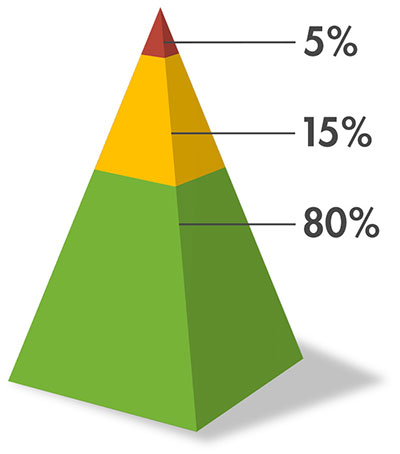MTSS/RTI: Mathematics
Wrap Up
RTI is a type of multi-tiered system of support (MTSS) for delivering support through increasingly intensive levels of instruction. This framework has been used for improving students’ mathematics proficiency. RTI serves two primary purposes
- To provide early intervening services to students who are struggling
- To help identify students with learning disabilities (LD)

Click on the movie below for a summary of the main features of RTI for mathematics (time: 1:24).
Transcript: Wrap Up
For RTI to be successful, school personnel must implement a number of key features.
Teachers should administer universal screening measures to all students in the classroom.
The purpose of this type of assessment is to determine which students are performing at grade level and which students are struggling.
Teachers should implement high-quality instruction. This involves the combined implementation of a standards-based curriculum and evidence-based practices.
Teachers should also conduct frequent progress monitoring for students identified as struggling in core instruction and for students receiving targeted and intensive, individualized intervention.
The teacher or a team of teachers can analyze the progress monitoring data and make instructional decisions, such as identifying which students are not responding adequately to instruction and how best to meet their academic needs.
Students who are not making adequate progress receive more intensive and individualized instruction.
The intensity and individualization of instruction increases with each level of intervention.
To make sure staff implement these features with fidelity, it is important that designated school personnel monitor the implementation of the key features of RTI at each level of intervention.
School personnel, whether in elementary, middle, or high school, should implement the main features of RTI highlighted in the video above. The details of implementation of these features might look different in elementary schools compared to middle and high schools.
Revisiting Initial Thoughts
Think back to your responses to the Initial Thoughts questions at the beginning of this module. After working through the Perspectives & Resources, do you still agree with those responses? If not, what aspects about them would you change?
What is RTI for mathematics?
How can teachers effectively implement RTI for mathematics?
When you are ready, proceed to the Assessment section.